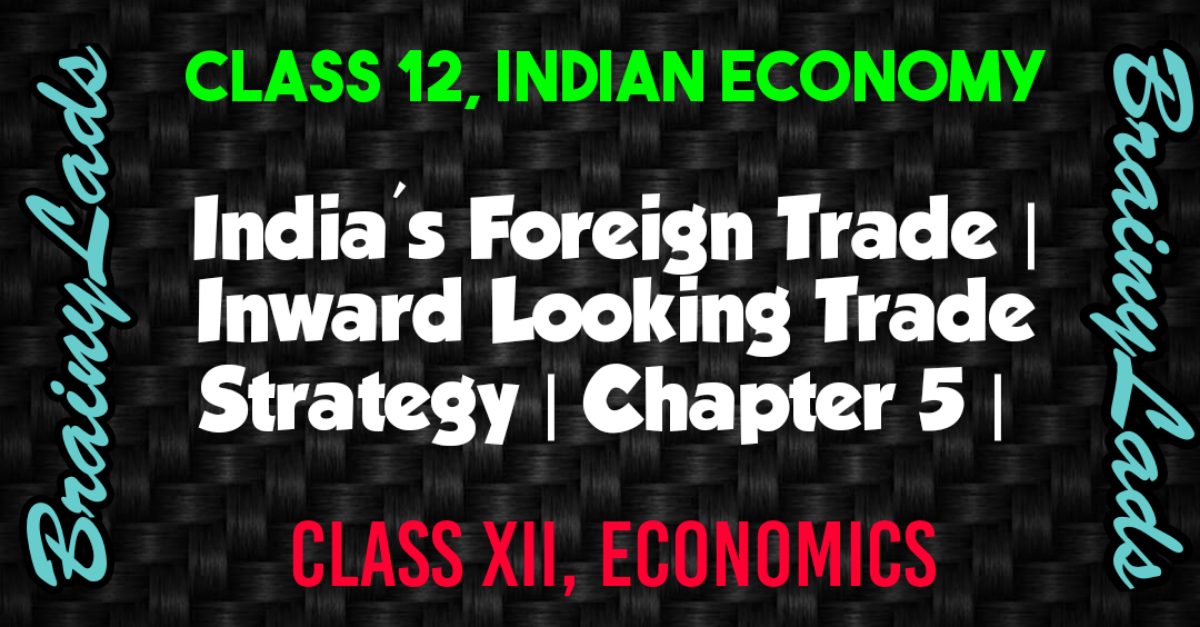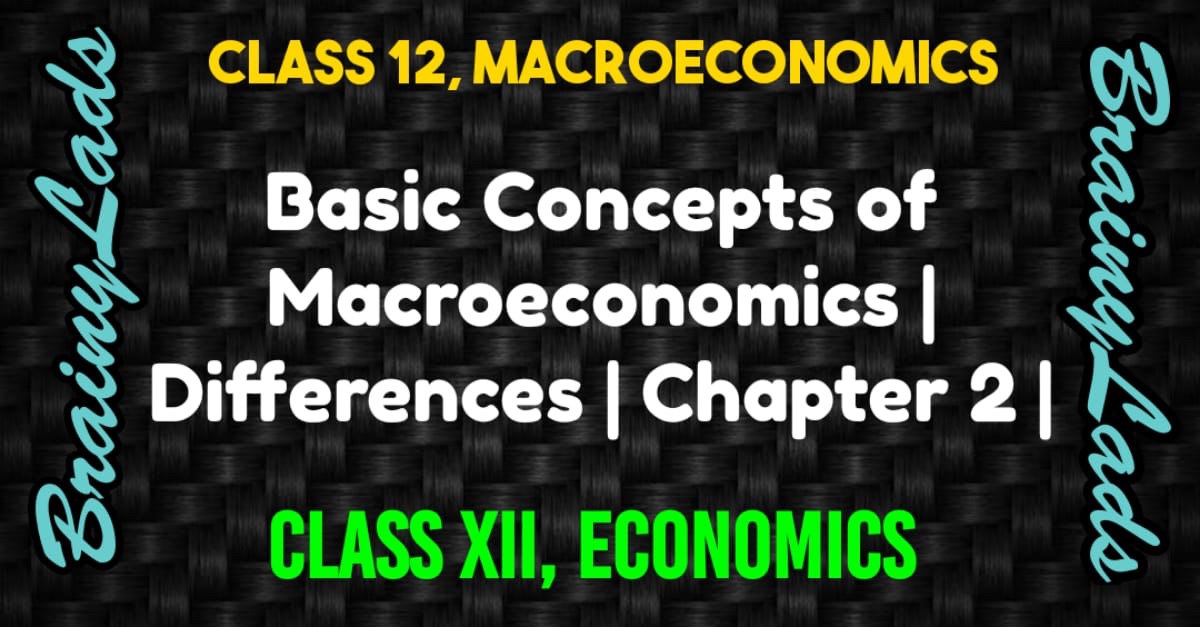Barter System Class 12 | Limitations | Money | Forms | Measurement |
Table of Contents
Barter System Class 12 | Limitations | Money | Forms | Measurement | Chapter 5 |
Meaning of Money
Money refers to the anything which can be generally accepted as a medium of exchange and can easily converted into any assets without losing the value and time of it with some simultaneous functions. It comes into use to facilitate the exchange to separate the transaction of sales and purchase.
Definitions of Money
Legal Definition of Money
According to this definition, money refers to the thing which can be used as a medium of exchange and medium of exchange of currency only which includes paper notes and coins. None of people can refuse to accept it as it is legal tender which means people have to accept it as a medium of exchange.
NOTE: Coins in India are limited legal tender but notes are unlimited legal tender.
- Functional or Narrow Definition
The functional definition of money refers to an instrument which fulfill the following functions,
- Can be served as a medium of exchange.
- Can be served as a standard unit of value.
- Can be served as a medium for contracts.
- Can be served as a store of value.
Overall, money is what money can do
- Broader Definition
The definition covers the deposits such as time/ term deposit with the bank or post office as a component which can be converted into money and called as Near Money Asset.
Barter System
What is barter system?
Barter System is a system of exchange under which goods are exchanged for goods and it does not have any common medium of exchange such as; money. This has been a common practice among the people for year. In ancient times, people used to exchange goods with those goods which were more essential to them than the goods they had.
For Example:
A farmer who has grains with him but he wants a bull for his land. In that case, farmer can give some amount of grain to the owner of the bull in the form of consideration and can use that bull.
NOTE: The CC economy refers to the economy wherein goods (commodities) are exchanged for goods (commodities). It is dominated by Barter System of Exchange in which C stands for Commodity.
Limitation which were overcome with the introduction of money
The Barter system of exchange had some major issues within it which were overcome with the introduction of money, the list of limitations is as follows:
- Double Coincidence of Wants: Double Coincidence of wants refers to a situation wherein two individuals want to satisfy their wants by exchanging goods with each other at a same point of time. Therefore, it was difficult to find such persons who would accept the commodity and give the commodity which one wanted to get.
With the introduction of money, the medium of exchange gets separated as the people get a common medium of exchange for the purpose of sale and purchase.
- Divisibility: During the time of barter system, it was difficult to divide the goods with the value of that particular good.
The money gives a basic value of all the products and a system of accounting which one uses so that there would be no divisibility.
For example: A scooter was exchanged in the consideration of a car whereas on the other hand the scooter was exchanged in the consideration of a bicycle.
- Difficult to Store and Transfer the value: It was a difficult task to store the value as it includes the loss in the value and had a high storage cost which resulted in the loss of savings also. The transfer of commodity was also a problem to get a perfect buyer for the commodity.
Money solved this issue with the modern form of money, one can easily transfer money in the blink of eye in any part of the world.
- Lack of Future payment and deferred payment: It was not possible to make future payment in the CC economy but with the evolution of money, it became possible to make such payments.
Functions of Money
The function of money includes two types which further includes two types named as:
- Primary Function: It is the main function of money or the most important function in any economy irrespective of place and time. It further includes two categories which are as follows:
Medium of Exchange: Money helps to express the value of goods and service in terms of money and eliminate the issue of lack of double coincidence of wants. Money separates the transactions of sale and purchase. Thus makes it helpful for the people to satisfy their wants.
Measurement of Value /Unit: It is another vital function of money, it gives a common unit to value any product which is not possible in the barter economy. Expressing any commodity in the terms of money is called as price and works as a common denominator to value the commodity.
- Secondary Function: It is the function which is attached to the money and helps to earn more. It is further classified into two parts which are as follows:
Standard of Deferred (Future) Payment: Money helps in making the deferred payment which is durable and homogenous so that one can easily make payment on future date.
Store of Value: Money is used as an instrument to store the wealth without any loss in the value which is also known as asset function of money.
Characteristics of Money
- Durable: Money should be durable in nature so that it can be repeatedly used for many years without any destroy.
- Weight: The weight of the money should be light so that it is convincible to handle and carry.
- Medium of Exchange: It is used for the transaction of sales and purchase.
- Measure of Value: Money should not only serve as a medium of exchange but should also serve the function for the measurement of value of product.
Forms of Money
- Fiat Money: It refers to the money which is issued with the order or authority of the government. Example can be any form of money.
- Fiduciary Money: It refers to the type of money which is accepted or paid with the trust between the payer and the payee. Example can be cheque.
- Money Value of Money: It refers to the value which is inscribed or printed on the coin and note respectively. For example: Rs.100 is printed on a Rs.100 note.
- Full Bodied Money: It the form of money wherein the money value of money is equal to the commodity value of money. It is more likely to be in the case of coins.
- Credit Money: It refers to the difference between the commodity value of money and money value of money.
- Commodity value of Money: It is the value of money with which it is made of such as cost of paper, ink required to print a note of currency
- Bank Money: It refers to the amount which is deposited by the people with the commercial bank in the form of demand deposit.
- High-powered Money: It is also known as base money or monetary base. It is the type of money which includes currency held by people, vault cash of commercial banks and cash reserve of the commercial banks with the RBI (Reserve Bank of India).
Supply of Money and Money supply Measurement
Money supply refers to the amount of money held by the people of a country in any form at a point of time. It is a stock concept.
In India, there are mainly 4 types of measurement of money supply, namely M1, M2, M3 and M4 .The detailed discussion of money supply measurement is as follows:
M1 (Money Measurement-1): It includes
a. Currency note or coin held by people of a country[C],
b. Demand-deposit of all people with commercial banks and co-operative societies excluding inter-banking deposit[DD] and
c. Other demand deposit with the RBI (Reserve Bank of India) [OD]
M1 = C + DD +OD
M2 (Money Measurement-2): It includes all the components of M1 with the deposit with the Post Office Saving Bank Account.
M2 = M1 + Demand Deposit with the Post Office Saving Bank Account
M3 (Money Measurement-3): It also includes all the components of M1 along with the Net Time Deposit with the Commercial Bank.
M3 = M1 + Net Time Deposit with the Commercial Bank
M4 (Money Measurement-4): It includes all the components of M3 along with the Total Deposits with the Post Office but excludes the deposits in the form of National Saving Certificate.
M4 = M3 + Total Deposits with the Post Office
———————————–
Kindly refer to the following chapters for better understanding and higher scores in Class 12 Economics Exam.
Do share this post if you liked Barter System Class 12. For more updates, subscribe to our website BrainyLads
How useful was this post?
Click on a star to rate it!
Average rating 0 / 5. Vote count: 0
No votes so far! Be the first to rate this post.
Related Posts

India’s Foreign Trade Class 12 | Inward Looking Trade Strategy |

Basic Concepts of Macroeconomics Class 12 | Differences | Chapter 2 |


